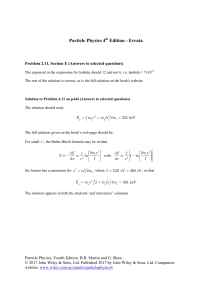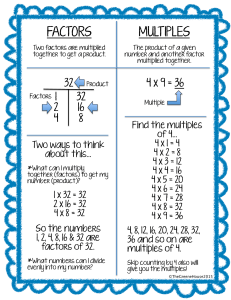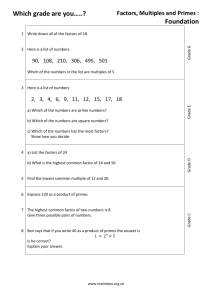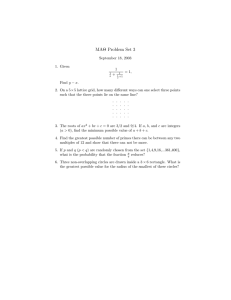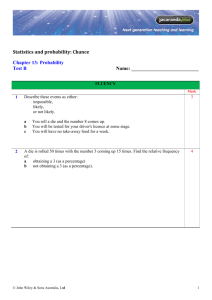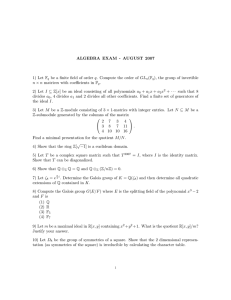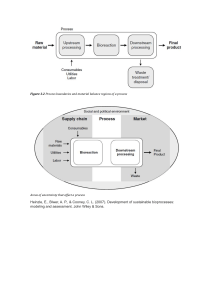Factor pairs
advertisement
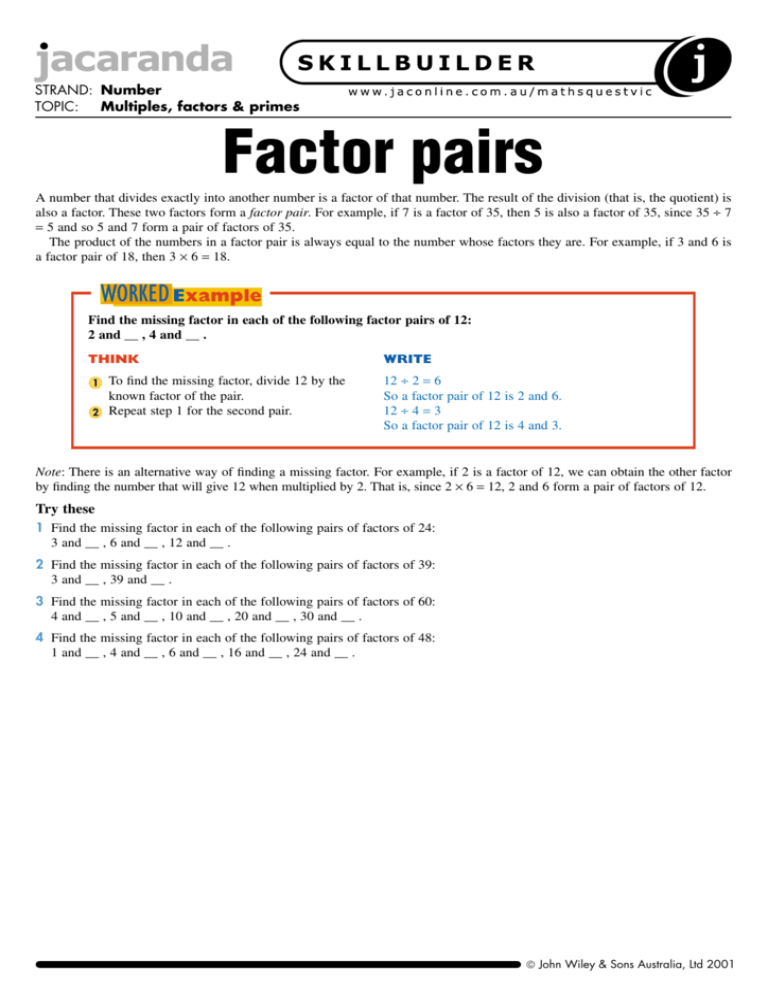
STRAND: Number TOPIC: Multiples, factors & primes Factor pairs A number that divides exactly into another number is a factor of that number. The result of the division (that is, the quotient) is also a factor. These two factors form a factor pair. For example, if 7 is a factor of 35, then 5 is also a factor of 35, since 35 ÷ 7 = 5 and so 5 and 7 form a pair of factors of 35. The product of the numbers in a factor pair is always equal to the number whose factors they are. For example, if 3 and 6 is a factor pair of 18, then 3 × 6 = 18. WORKED Example Find the missing factor in each of the following factor pairs of 12: 2 and __ , 4 and __ . THINK 1 2 To find the missing factor, divide 12 by the known factor of the pair. Repeat step 1 for the second pair. WRITE 12 ÷ 2 = 6 So a factor pair of 12 is 2 and 6. 12 ÷ 4 = 3 So a factor pair of 12 is 4 and 3. Note: There is an alternative way of finding a missing factor. For example, if 2 is a factor of 12, we can obtain the other factor by finding the number that will give 12 when multiplied by 2. That is, since 2 × 6 = 12, 2 and 6 form a pair of factors of 12. Try these 1 Find the missing factor in each of the following pairs of factors of 24: 3 and __ , 6 and __ , 12 and __ . 2 Find the missing factor in each of the following pairs of factors of 39: 3 and __ , 39 and __ . 3 Find the missing factor in each of the following pairs of factors of 60: 4 and __ , 5 and __ , 10 and __ , 20 and __ , 30 and __ . 4 Find the missing factor in each of the following pairs of factors of 48: 1 and __ , 4 and __ , 6 and __ , 16 and __ , 24 and __ . John Wiley & Sons Australia, Ltd 2001
